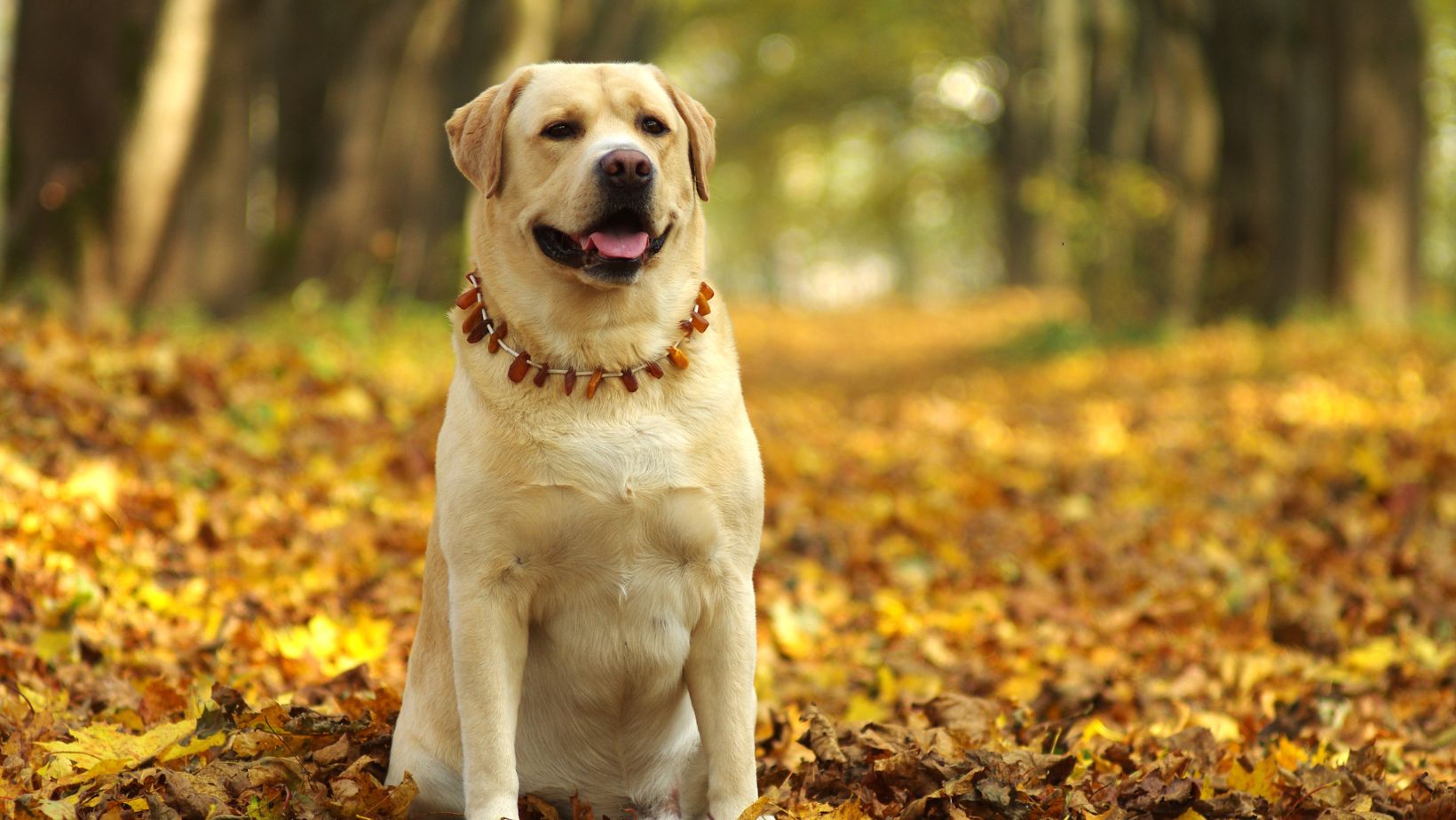How to Train an Older Dog Basic Commands
Training an older dog can be a rewarding experience, and teaching them basic commands is an important part of their development. Labradors, known for their intelligence and eagerness to please, are particularly receptive to training. In this article, I’ll share some effective methods on how to train an older Labrador to follow basic commands.
The first step in training your older Labrador is establishing a strong bond based on trust and respect. Positive reinforcement techniques work best with these intelligent dogs. Start with simple commands like “sit,” “stay,” and “come.” Use treats or praise as rewards when your Labrador follows the command correctly.
Consistency is key when training an older dog. Set aside daily training sessions that are short but frequent to keep their attention focused. Remember, patience is essential as it may take time for your Labrador to fully grasp each command. Practice in different environments with various distractions to ensure they understand the command regardless of the situation.
To reinforce the learning process, incorporate fun activities into the training sessions. For example, you can teach your Labrador new tricks like “shake hands” or “roll over.” These additional commands not only provide mental stimulation but also strengthen the bond between you and your furry companion.
In summary, training an older Labrador requires consistency, patience, and positive reinforcement techniques. By following these tips and incorporating fun activities into your sessions, you’ll have a well-behaved pet who responds eagerly to basic commands in no time. So let’s get started on this exciting journey of training your beloved four-legged friend!

Choosing the Right Approach for Training an Older Dog
Understanding the Needs of Older Dogs
When it comes to training an older dog, it’s important to understand their unique needs. Just like humans, dogs can experience physical and cognitive changes as they age. This means that the training methods that may have worked well for a younger dog might not be as effective for an older one.
Older dogs often require a more patient and gentle approach to training. They may have decreased mobility or joint stiffness, so activities that involve excessive jumping or running should be avoided. Additionally, their hearing and eyesight might not be as sharp as before, so clear communication and visual cues are essential.
Assessing Your Older Dog’s Abilities
Before diving into training, take some time to assess your older dog’s abilities. It’s important to tailor the training program based on their individual strengths and limitations. For example, if your Labrador has arthritis or other joint issues, you’ll want to avoid exercises that put too much strain on their joints.
Consider any health conditions or behavioral issues that your dog might have developed over time. This will help you adjust your training techniques accordingly. Remember, every dog is unique and what works for one may not work for another.
Positive Reinforcement Training Techniques
One of the most effective approaches when training an older dog is positive reinforcement. This technique involves rewarding desired behaviors with treats, praise, or playtime instead of using punishment or negative reinforcement.
By focusing on positive reinforcement, you create a learning environment where your Labrador feels motivated and eager to learn new commands. Whether it’s teaching them basic commands like sit or stay, or more advanced tricks like shake hands or roll over, positive reinforcement can strengthen the bond between you and your furry friend while making the learning process enjoyable for both of you.
Remember to break down each command into smaller steps and reward your dog’s progress along the way. Consistency is key, so be patient and persistent in your training efforts.
Here are a few key points to consider when setting expectations and goals for training your older Labrador:
- Age-related limitations: Keep in mind that as dogs age, their physical abilities may change. Older Labradors might not have the same stamina or flexibility as younger ones. Be mindful of any joint issues or mobility limitations they may have and adapt your training accordingly.
- Prioritise existing knowledge: Older dogs often come with a wealth of experience and prior training. Take the time to understand what commands your Labrador already knows and build upon those foundations. This will not only make the training process smoother but also boost your dog’s confidence.
- Pace yourself: Unlike puppies who tend to have shorter attention spans, older dogs may require more time to grasp new commands fully. Break down each command into smaller steps and gradually increase the level of difficulty as your dog progresses.
- Consistency is key: Establish a consistent routine for training sessions with your older Labrador. Regular practice helps reinforce learning and ensures that they retain what they’ve been taught.
- Celebrate small victories: Celebrate every small achievement during the training process! Recognize even the smallest progress made by your dog through positive reinforcement techniques like treats, praise, or playtime rewards.